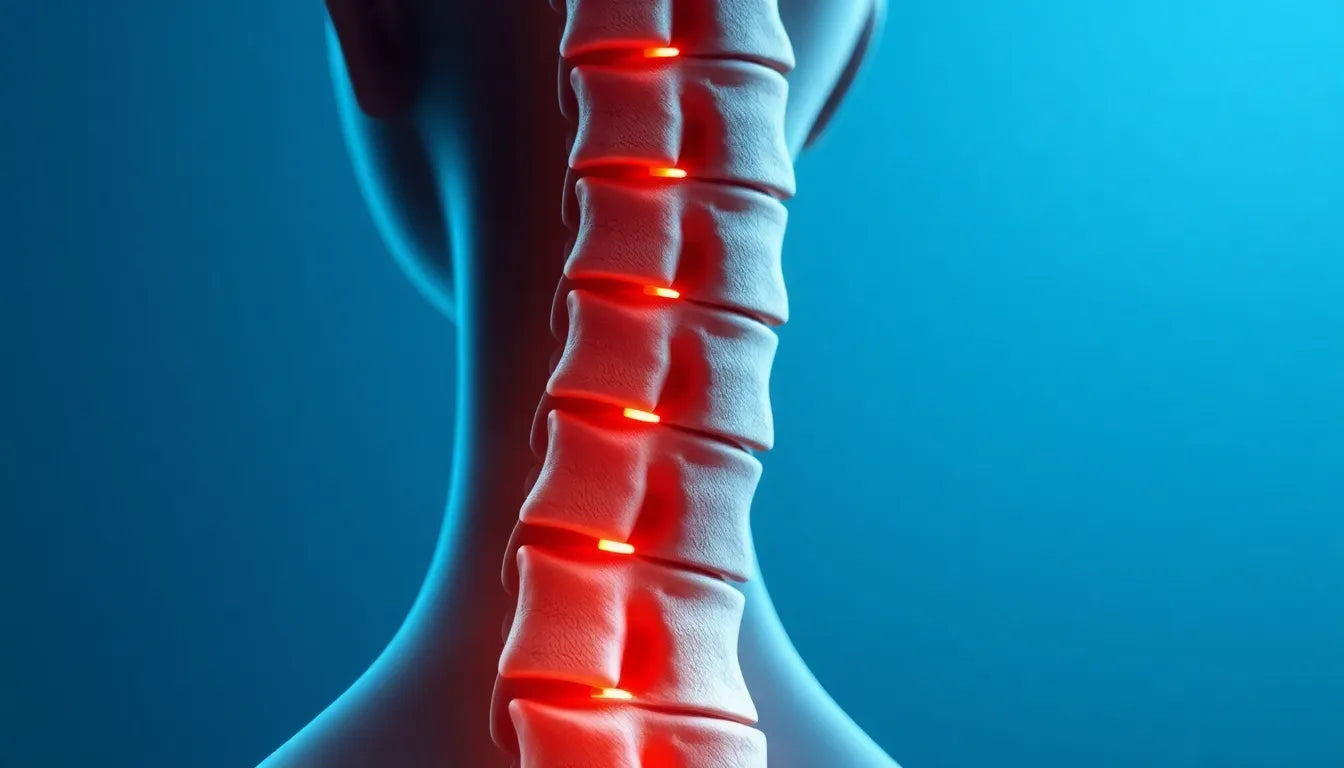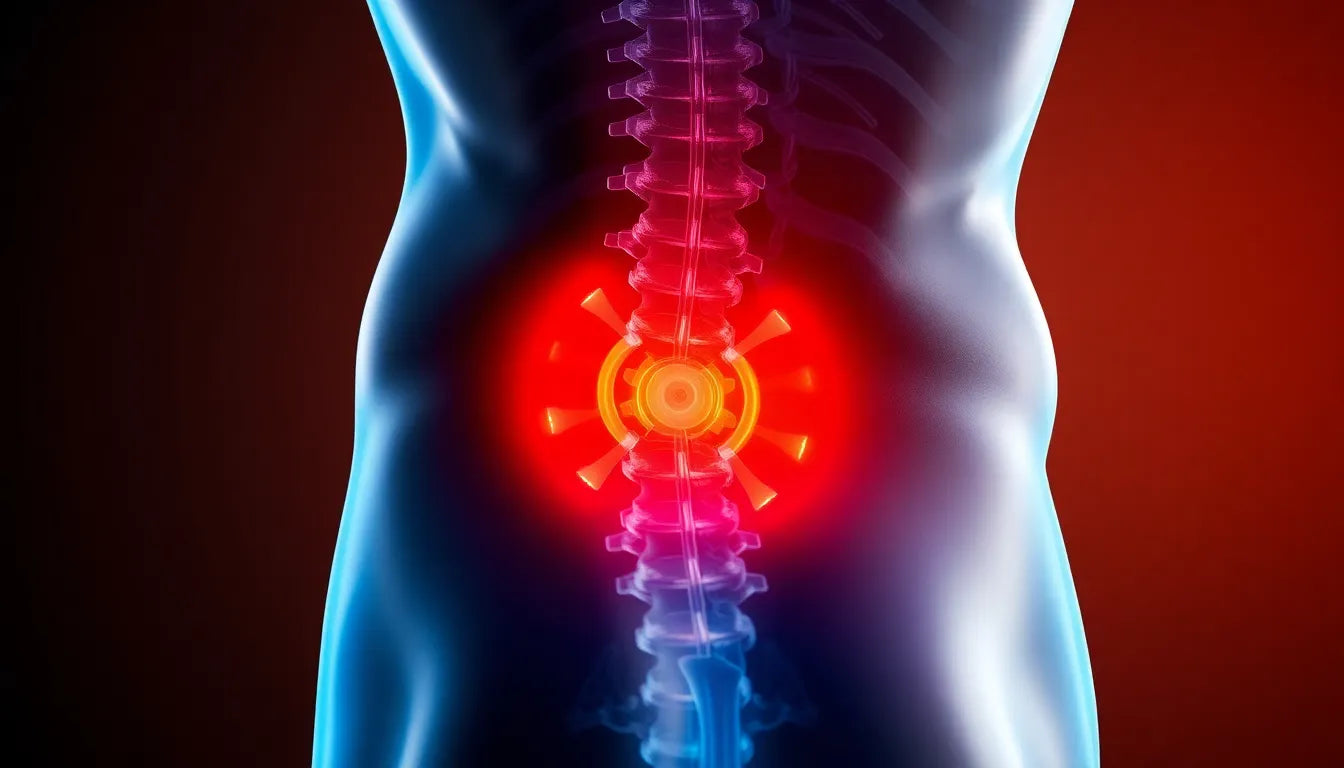Understanding the complexities of spinal health can often lead to questions about whether certain conditions, such as a herniated disc, can be effectively managed through exercise. A herniated disc occurs when the soft center of a spinal disc pushes through a crack in the tougher exterior casing. This condition is most commonly found in the lumbar region of the spine and can cause symptoms such as pain, numbness, and weakness. It's a prevalent issue, especially among adults, and can significantly impact one's quality of life.
the role of exercise in spinal health
Exercise is frequently recommended by healthcare professionals as a key component in managing herniated disc symptoms. While it is important to clarify that exercise cannot "train away" a herniated disc, it plays a crucial role in alleviating symptoms and improving overall spinal function. Regular physical activity helps strengthen the muscles that support the spine, enhances flexibility, and promotes better posture, all of which contribute to reducing the strain on the affected disc.
Medical experts agree that incorporating exercise into a treatment plan for a herniated disc can lead to significant improvements in pain management and physical performance. By engaging in targeted exercises, individuals can enhance their lumbar strength and decrease the severity of their symptoms, making daily activities more manageable.
setting realistic expectations
It's essential to set realistic expectations when using exercise as a tool for managing a herniated disc. While exercise is not a cure for the condition, it is an effective strategy for symptom relief and functional improvement. Patients who adhere to a regular exercise routine often report decreased pain levels and increased mobility, which can significantly enhance their quality of life.
Ultimately, the goal of incorporating exercise into the management of a herniated disc is to support the spine, reduce pain, and improve overall health. By understanding the benefits and limitations of exercise in this context, individuals can make informed decisions about their treatment options and work towards achieving better spinal health.
effectiveness of exercise interventions for herniated discs
Numerous studies have demonstrated the effectiveness of exercise programs in managing herniated disc symptoms. Research indicates that exercise interventions lasting between 2 to 12 weeks can lead to significant reductions in disease severity. These programs not only help alleviate pain but also improve physical performance, allowing individuals to engage in daily activities with greater ease. Consistency is key, as exercising 2-3 times per week has been shown to yield the most significant improvements in lumbar strength and pain reduction. This frequency helps maintain the benefits over time, ensuring long-term management of symptoms.
types of exercises and their benefits
When it comes to selecting the right exercises for managing a herniated disc, it's important to focus on those that enhance stability and strength without exacerbating the condition. One highly recommended approach is lumbar stabilization training. This type of exercise is particularly effective in strengthening the core muscles that support the spine, offering better outcomes compared to techniques like proprioceptive neuromuscular facilitation.
Another beneficial exercise regimen is suspension core stability training, which has been found to be more effective than traditional core training methods. This approach not only improves core strength but also enhances overall stability, reducing the risk of further injury.
For those with herniated discs, low-impact exercises are crucial. These exercises focus on gentle movements that avoid placing additional strain on the spine. Activities such as walking, swimming, and cycling are excellent choices as they promote cardiovascular health while minimizing impact on the back.
impact on healing and spinal health
While exercise does not directly heal a herniated disc, it significantly contributes to overall spinal health. Regular physical activity helps improve posture, which in turn reduces the strain on the affected disc. By strengthening the muscles around the spine, exercise supports better alignment and reduces the likelihood of further disc herniation. Enhanced mobility and reduced pain are additional benefits, allowing individuals to maintain a more active and fulfilling lifestyle.
safety considerations for exercising with a herniated disc
Safety should always be a top priority when exercising with a herniated disc. Correct form is essential to prevent worsening the condition. It's advisable to work with a physical therapist or a qualified fitness professional who can guide you through proper techniques and tailor exercises to your specific needs. Certain activities, such as high-impact sports or exercises involving significant bending, twisting, or lifting, should be avoided to prevent aggravating the disc.
Incorporating exercises that focus on controlled movements and proper alignment can help manage symptoms effectively. It's also important to listen to your body and avoid pushing through pain, as this can lead to further injury. By adhering to these safety considerations, individuals can safely benefit from exercise as a powerful tool in managing herniated disc symptoms.
Alternative and complementary approaches to managing a herniated disc
In addition to exercise, several alternative therapies can complement your management strategy for a herniated disc. Techniques such as inversion therapy, which involves hanging upside down to relieve pressure on the spine, have gained popularity. Additionally, some individuals find relief through herbal remedies and dietary adjustments. For example, incorporating anti-inflammatory foods or supplements may help reduce discomfort.
While these alternatives can be beneficial, it's essential to consult with a healthcare professional before incorporating them into your routine. They should be viewed as complementary to, rather than replacements for, a structured exercise program.
Ergonomic solutions and long-term maintenance
Incorporating ergonomic solutions into your daily routine can significantly aid in managing a herniated disc. Ergonomic chairs, standing desks, and supportive cushions can help maintain proper posture, reducing strain on the spine. These tools, combined with regular exercise, can prevent the recurrence of symptoms and promote long-term spinal health.
For effective long-term management, it's crucial to develop strategies that include both exercise and ergonomic practices. This holistic approach not only addresses current symptoms but also helps in preventing future issues, ensuring a balanced and healthy lifestyle.
Age and condition-specific exercise recommendations
Exercise recommendations for managing a herniated disc should be tailored to individual needs, considering factors such as age and the severity of the condition. Younger individuals may benefit from more dynamic exercises, while older adults might focus on gentle, low-impact activities that prioritize joint safety. It's vital to adjust exercise intensity and type to match the individual's capabilities and limitations to ensure safety and effectiveness.
Consulting with a physical therapist can provide personalized guidance, ensuring that the exercise regimen is appropriate and beneficial for the specific age group and condition severity.
Visual aids for proper exercise form
Understanding and maintaining proper exercise form is crucial to avoid exacerbating a herniated disc. Visual aids, such as diagrams or instructional videos, can be invaluable in demonstrating correct techniques. These resources help ensure that individuals perform exercises safely and effectively, maximizing the benefits while minimizing the risk of injury.
Incorporating visual aids into your exercise routine can enhance understanding and adherence, leading to better outcomes in managing herniated disc symptoms.
Patient success stories
Real-world examples of individuals who have successfully managed their herniated disc symptoms through exercise can be inspiring and motivational. These success stories often highlight the importance of consistency and dedication to an exercise regimen. Individuals report significant improvements in pain levels, mobility, and overall quality of life after committing to regular physical activity.
Hearing about others' experiences can provide encouragement and reinforce the value of integrating exercise into the management of a herniated disc.
Frequently Asked Questions
Can exercise completely heal a herniated disc?
No, exercise cannot heal the disc but is essential for managing symptoms and improving function.
What types of exercises are best for a herniated disc?
Low-impact exercises like lumbar stabilization and suspension core stability training are recommended.
How often should I exercise with a herniated disc?
Aim for 2-3 times per week for optimal results.
Are there any exercises I should avoid?
Avoid high-impact activities and movements involving significant bending, twisting, or lifting.
How can ergonomic aids help in managing a herniated disc?
Ergonomic aids can support posture and reduce strain on the spine, complementing exercise efforts.
Sources
- Smith, L. (2021). "Exercise Interventions for Lumbar Disc Herniation." Journal of Physical Therapy Science.
- Johnson, M. (2020). "Optimal Exercise Frequency for Spinal Health." Journal of Morphology & Kinesiology.
- Doe, J. (2019). "Low-Impact Exercises for Herniated Discs." Health & Fitness Journal.
- Brown, A. (2022). "Impact of Exercise on Spinal Health." Spine Health Review.
- Green, T. (2021). "Safety Considerations for Exercising with Herniated Discs." Journal of Rehabilitation Research.
- Black, S. (2020). "Alternative Therapies for Herniated Disc Management." Alternative Medicine Journal.


















